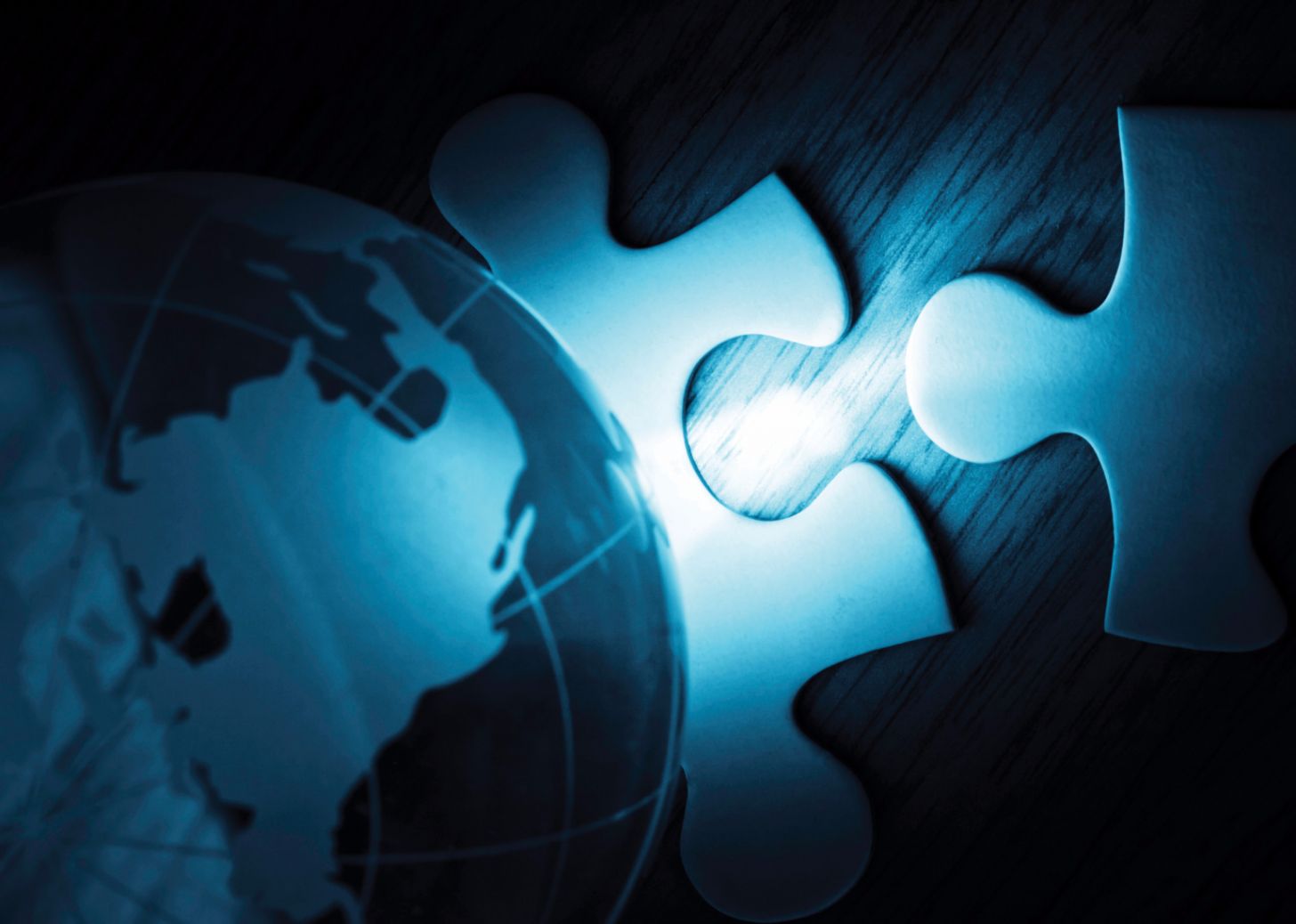Marilyn Snider was an education offcer with the Global Education Project and is now Director of Bethink Global, advising schools and organisations on learning in a globalised world. She writes that global change is dynamic and the underlying conceptual and moral issues are often complex.
Awareness of the economic, social and political interdependence that affects all aspects of our lives continues to grow. The global nature of our environment is generating new understandings and concerns. The future holds many challenges for young learners. Global education is responding to those challenges.
‘Global education’ is ascribed with a variety of understandings, explanations and approaches around the world. The broad concept itself has been given a number of names. My particular preference is global learning.
Whatever the perspective to global education, there are shared aims that exist among all forms of the theme. These commonalties appear to be particularly in the areas of their shared global orientation, pursuit of personal and/or societal transformation of thinking, active and inquiry based teaching and learning methodologies, and overlapping content. To a greater or lesser extent their practitioners tend to see these educations as contributing to or aligned with Global Citizenship education.
The Melbourne Declaration on Educational Goals for Young Australians of 2008 states: “All young Australians become successful learners, confident and creative individuals, and active and informed citizens who are responsible global and local citizens”.
A global citizen contributes to and acts for a more peaceful, just and sustainable world. Enabling young people to participate in a better shared future for all is at the heart of this education. With a deep synthesis of theory and practice, global education is a response to engage learners in issues critical to understanding their communities, their world and their future.
How do our learners become global citizens?
Simply, they need to be globally competent.
Global competence is the capacity and disposition to understand and act on issues of global significance; issues such as interdependence, globalisation, cultural diversity, human rights, social justice, environmental, social and economic sustainability, food security, population distribution, biodiversity, the poverty cycle, wellbeing and peaceful conflict resolution.
The globally competent learner investigates the world, including their immediate environment and beyond, recognises perspectives, both their own and others’, communicates ideas and collaborates with diverse audiences and takes creative action on issues of global significance to improve conditions both locally and globally.
The Australian Curriculum sets out the core knowledge, understanding, skills and general capabilities important as a foundation for future learning, growth and active participation in the Australian community. After 15 years of bipartisan support for a national Global Education Project, the importance of delivering global education in Australia seems distracted with current competing political discourse and agendas.
With the implementation of the Global Goals for Sustainable Development and the significant impact of UNESCO’s decade for Education for Sustainable Development, we will likely see an emerging name change to Education for Sustainable Development. It has, as its focus, the goal of every human being to acquire the knowledge, skills, attitudes and values necessary to shape a sustainable future for all. (UNESCO Education sector)
In terms of active participation and uptake of global learning, here are some guidelines for your school to consider.
What does global learning mean for the school and community?
Global learning principles are incorporated into the mission statements and curriculum documents of the school.
The school actively supports and resources the inclusion of global perspectives in the curriculum and wider school programs.








































































































































